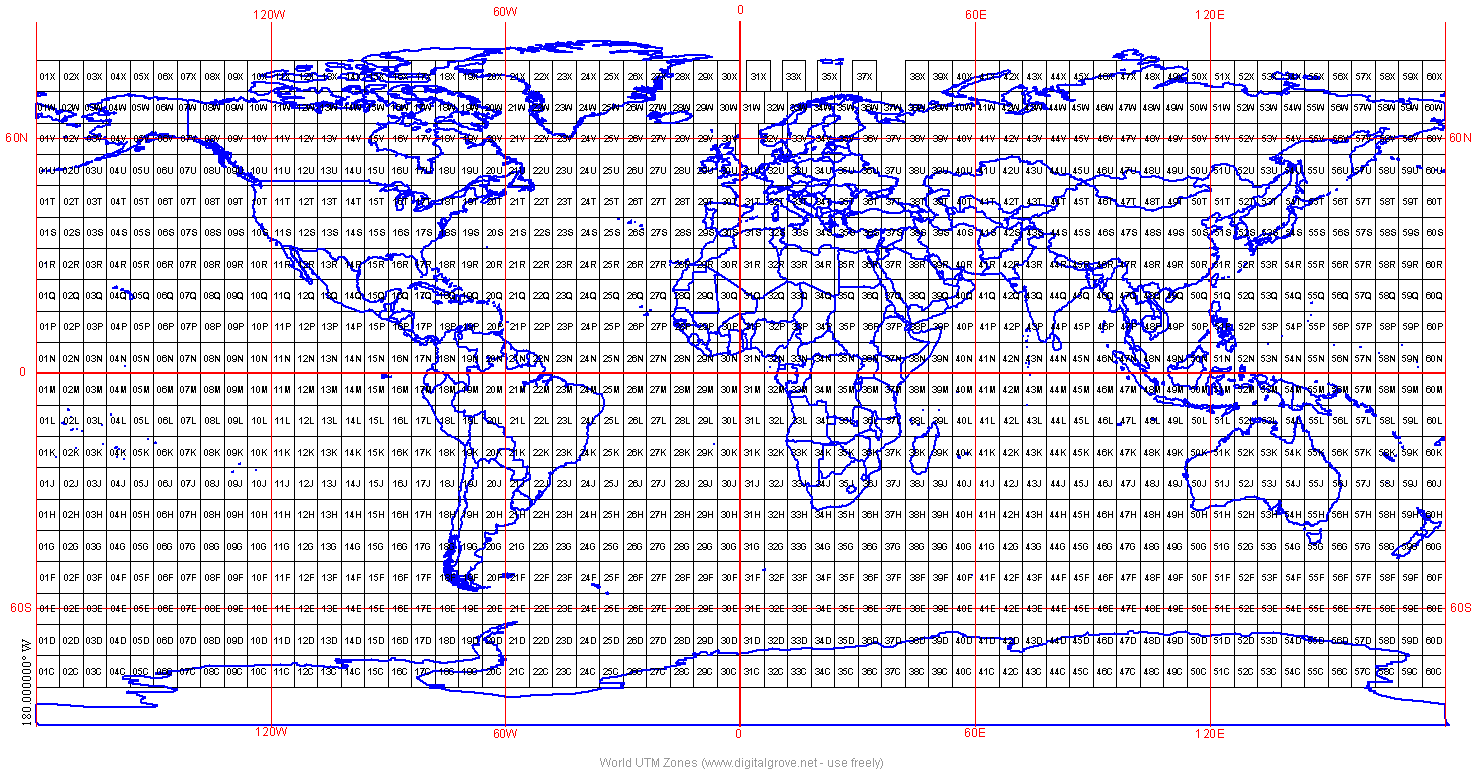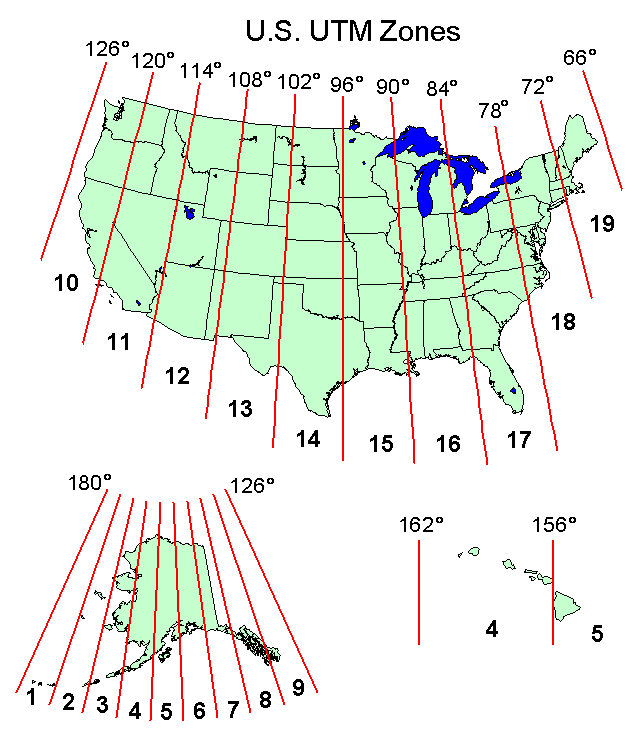

For larger scale maps, including topographic quadrangles and the State Base Map Series, conformal projections such as the Transverse Mercator and the Lambert Conformal Conic are used. Geological Survey (USGS) now uses several of the more common projections for its published maps. The Intergovernmental Committee on Surveying and Mapping (ICSM) and Geoscience Australia have provided Microsoft ® Excel spreadsheets for the calculations and this paper describes the method of computation suitable for cadastral surveys of limited extent.Īfter decades of using only one map projection, the Polyconic, for its mapping program, the U.S. If the survey area is relatively small, say less the 25 square kilometres, certain approximations may be made that makes the first way a relatively simple exercise that avoids the need to deal with geodetic coordinates. The first method (computation on the UTM plane) generally requires iteration and is slow the second method (computation on the ellipsoid) is quicker.


Given a set of cadastral traverse measurements reduced to a local plane, grid coordinates (), E N can be computed in two ways: (i) reduce the traverse measurements to a set of plane bearings and distances on the Universal Transverse Mercator (UTM) projection plane and then use plane trigonometry or (ii) compute geodetic coordinates (), φ λ directly using the direct and inverse cases on the ellipsoid and then transform these to grid coordinates.


 0 kommentar(er)
0 kommentar(er)
